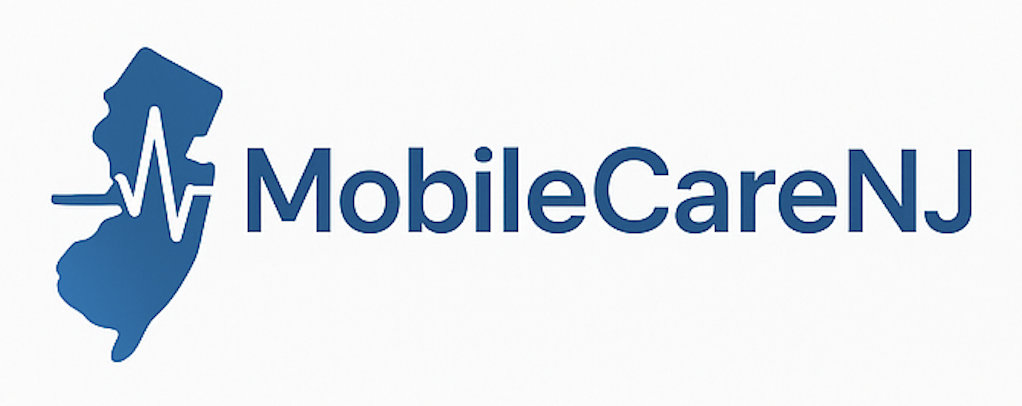An aortic aneurysm is a serious medical condition that occurs when a section of the aorta — the body’s largest blood vessel — becomes weakened and bulges outward. The aorta carries blood from the heart to the rest of the body, so any damage to this vessel can be life-threatening if left untreated.
Aortic aneurysms are often silent until complications arise, which is why early recognition, monitoring, and regular medical checkups are critical. At MobileCareNJ, we provide accessible care, including evaluations and follow-up monitoring, right in the comfort of your home.
Types of Aortic Aneurysms
There are two main types of aortic aneurysms:
Some patients may also develop thoracoabdominal aneurysms, which involve both regions.
Common Signs and Symptoms
Most aneurysms are asymptomatic until they enlarge or rupture. However, when symptoms do appear, they may include:
Abdominal Aortic Aneurysm (AAA) Symptoms:
Thoracic Aortic Aneurysm (TAA) Symptoms:
Red Flag / Danger Signs
If an aneurysm ruptures, it is a life-threatening emergency. Seek immediate medical care if you experience:
These symptoms may signal rupture or dissection, which require urgent surgery.
Risk Factors
Several factors increase the risk of developing an aortic aneurysm:
Long-Term Management and Monitoring
Not all aneurysms require immediate surgery. Many can be managed through careful monitoring and lifestyle changes. Management typically includes:
Monitoring Parameters
Treatment Options
Why Early Detection Matters
Early detection of an aortic aneurysm can mean the difference between life-saving treatment and a catastrophic emergency. Screening is especially important for individuals over 65 with a history of smoking or family history of aneurysms.
How MobileCareNJ Can Help
At MobileCareNJ, we bring expert medical care directly to your home. Our telehealth and in-home services allow us to:
✅ Bottom Line: An aortic aneurysm is a serious condition, but with regular monitoring, risk factor management, and professional care, many patients can live long and healthy lives. MobileCareNJ ensures you receive convenient, high-quality care right at home to help you stay safe and informed.
